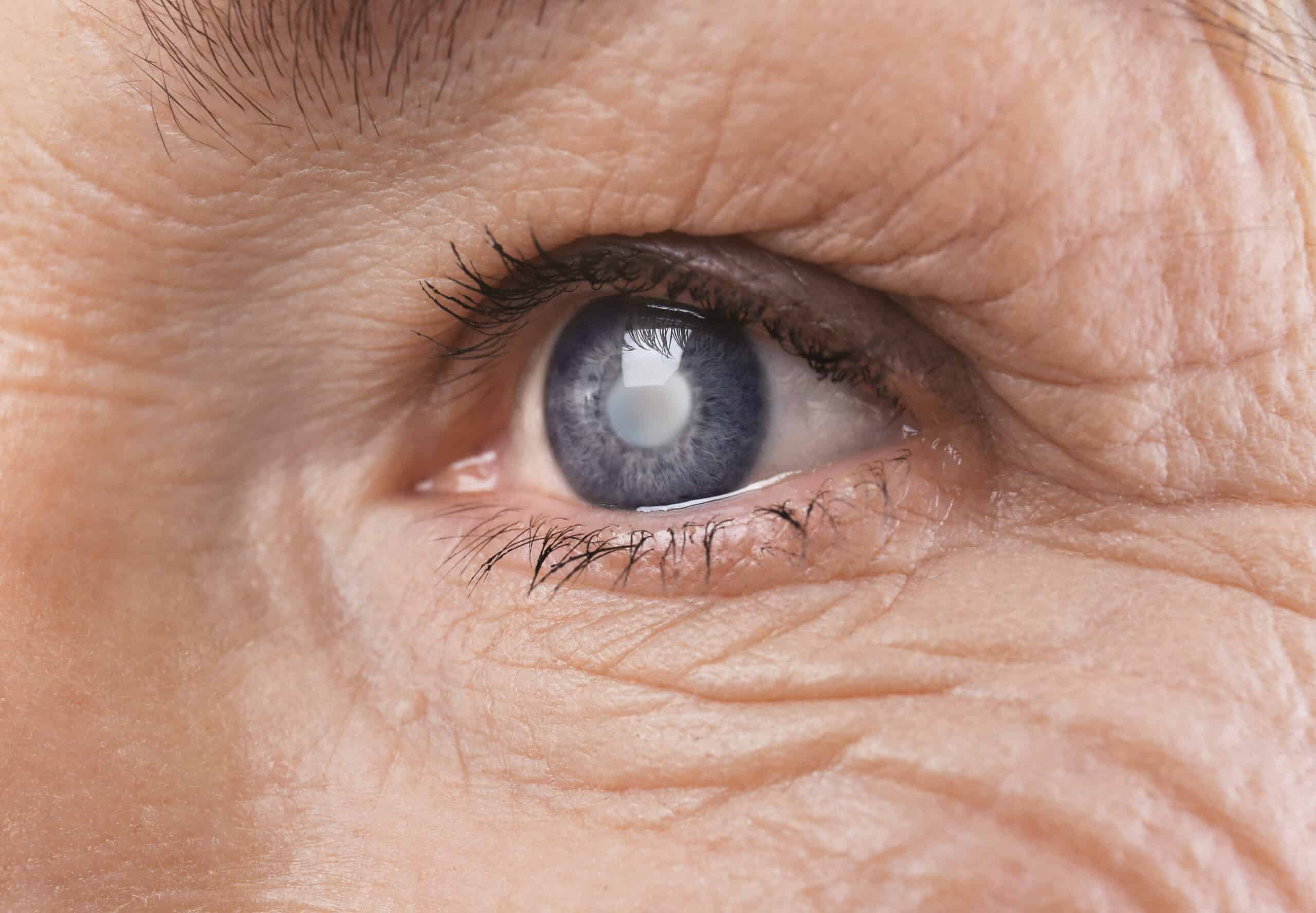What is the First Sign of Glaucoma?
December 5, 2023

If you have been diagnosed with high internal eye pressure, also known as intraocular pressure, you may be at higher risk for glaucoma. This condition can occur at any age, and if left untreated, can result in vision loss. Read on to learn more about glaucoma and the first symptoms of this condition.
What is Glaucoma?
Glaucoma is a group of eye conditions that damage the optic nerve due to a buildup of pressure in the eye. The optic nerve is vital to good vision because it sends visual info from the eye to the brain. There are two major types of glaucoma including open-angle glaucoma and closed-angle glaucoma.
Open-angle glaucoma: The most common type of glaucoma. It occurs gradually as the eye does not drain fluid as well as it should. This results in a buildup of eye pressure which causes damage to the optic nerve.
Closed-angle glaucoma: Occurs when the iris is very close to the drainage angle in the eye. The iris can block the drainage angle, causing eye pressure to rise. Most people with angle-closure glaucoma develop it slowly over time. However, eye pressure may rise quickly for some in what is called an acute attack.
It is important to be familiar with the early signs of glaucoma so it may be diagnosed and treated before vision loss occurs.
What are the First Signs of Glaucoma?
Overall, the symptoms of glaucoma depend on the type and stage of the condition.
Withopen-angle glaucoma, there are often no obvious symptoms in the early stages. However, as it progresses, blind spots may develop in your side vision. Most people with open-angle glaucoma do not notice changes in their vision until the damage is already quite pronounced. This is why having regular eye exams with your ophthalmologist is vital for finding this disease early on.
People who are at risk for closed-angle glaucoma often show no symptoms before an attack. However, some early symptoms of an attack may include halos, blurred vision, mild headaches, or eye pain. During a closed-angle glaucoma attack, symptoms may include severe pain in the eye or forehead, redness of the eye, blurry vision, seeing halos, headache, and nausea.
Overall, some patients with glaucoma may not experience any symptoms early on. However, be sure to seek out medical care if you experience loss of side vision, seeing halos around lights, vision loss, redness in the eye accompanied by pain, tunnel vision, or a cloudy-looking cornea.
Glaucoma Treatment Options
Depending on your individual case, your ophthalmologist may use one or more of the following treatment options.
- Medication such as eye drops which lower eye pressure.
- Laser surgery to allow fluid to flow properly in the eye to reduce eye pressure. These include trabeculoplasty and iridotomy.
- Surgery in the operating room including trabeculectomy and glaucoma drainage device placement. These procedures create new drainage channels in the eye, allowing fluid to flow more easily.
Schedule a Consultation
While most types of glaucoma cannot be prevented, early detection is key to preventing or limiting vision loss caused by the disease. If you are concerned regarding your glaucoma or suspect you may have glaucoma, please contact Anh Nguyen Ophthalmology in Falls Church, VA today. We will be happy to schedule your appointment with one of our skilled providers.
Sources:




